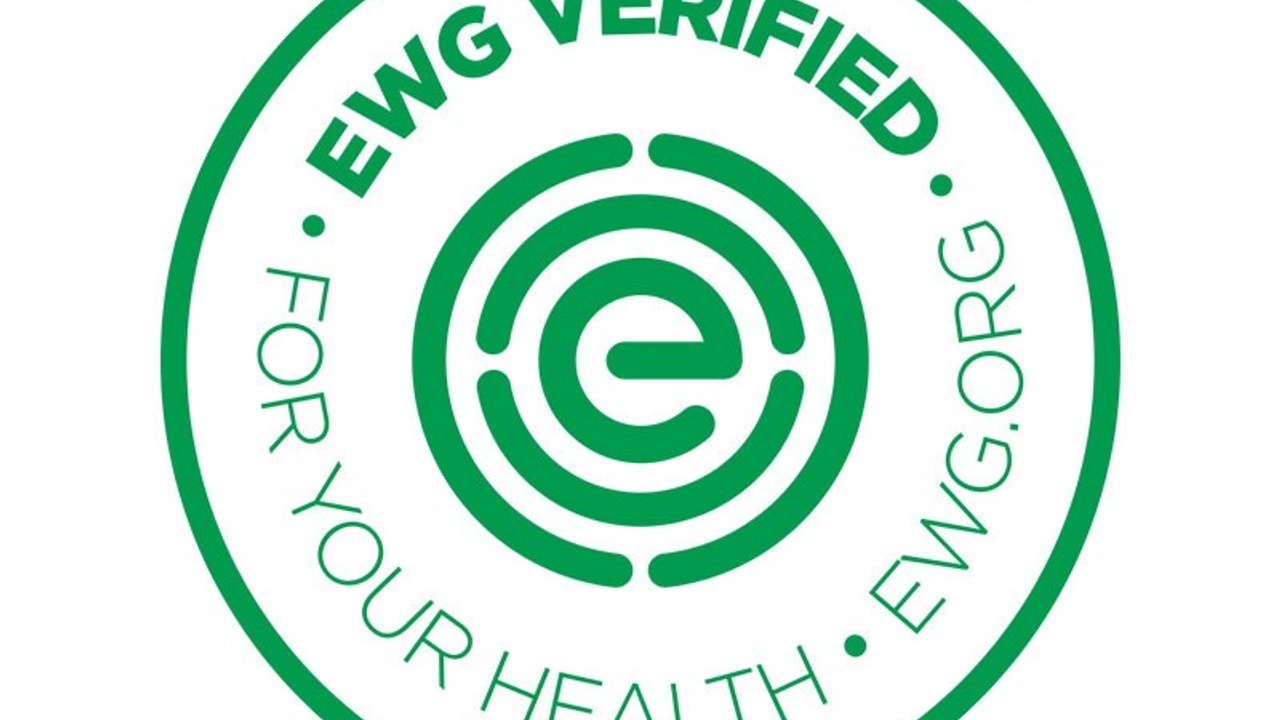EWG’S 2017 DIRTY DOZEN LIST
Aug 10, 2017
It’s that time of year again – time for the Environmental Work Group (EWG)’s Dirty Dozen list! What’s the Dirty Dozen list? It’s the EWG’s yearly list that singles out produce with the highest load of pesticide residue, and it serves as a solid reminder that we still have a lot of work to do when it comes to cleaning up the food system. What did they find out this year? Well…this year, the annual report found that almost 70% of 48 non-organic samples tested positive for AT LEAST one pesticide. (And in many cases, the numbers were much higher.) The USDA found a total of 178 different pesticides and pesticide breakdown products on the thousands of produce samples it analyzed. The pesticides persisted on fruits and vegetables even when they were washed and, in some cases, peeled. Example: a single strawberry sample harbored 20 different pesticide residues. Example: Researches found DDT, a neurotoxic insecticide banned in the U.S., in an alarming number of spinach samples.
Here’s what made this year’s list:
EWG’S 2017 DIRTY DOZEN LIST
Strawberries
Spinach
Nectarines
Apples
Peaches
Pears
Cherries
Grapes
Celery
Tomatoes
Sweet Bell Peppers
Tomatoes
And the key findings of this year’s report were:
- More than 98% of samples of strawberries, spinach, peaches, nectarines, cherries and apples tested positive for residue of at least one pesticide.
- A single sample of strawberries showed 20 different pesticides.
- Spinach samples had, on average, twice as much pesticide residue by weight than any other crop.
However, all is not lost! EWG also puts out a yearly Clean 15 report as well! This list identifies the non-organic produce least likely to be contaminated with pesticide levels. We advise choosing organic whenever possible, but we know it’s not always an option. Use these lists to choose foods lower in pesticide residues. This way you can have the health benefits of a diet rich in fruits and vegetables while limiting your exposure to pesticides!
EWG’s CLEAN 15
Sweet corn
Avocados
Pineapples
Cabbage
Onions
Frozen Sweet Peas
Papayas
Mangos
Eggplant
Honeydew
Kiwi
Cantaloupe
Cauliflower
Grapefruit
*Some sweet corn and papayas sold in the United States are GMOs, so choose organic to avoid GMO versions of these crops.*
The key findings here?
- Avocados and sweet corn were the cleanest: only 1% of samples showed any detectable pesticides.
- More than 80% of pineapples, papayas, asparagus, onions and cabbage had no pesticide residues. (Note: Some papayas are GMOs. Choose organic to avoid that.)
- No single fruit sample from the Clean Fifteen tested positive for more than four types of pesticides.
What are the key takeaways? First and foremost, this list should NOT deter you from eating fruits and vegetables! But it should make you wary of modern chemical farming. Using chemicals to fumigate the soil and kill weeds, microbes and bugs has some unwanted side effects, including killing soil health and beneficial microbes. Pesticides are linked to dozens of health problems, including certain cancers, symptoms of ADHD, autism, Parkinson’s and a whole host of other issues. There’s more to health than just eating your fruits and veggies – you need to make sure you eat those properly grown!
So remember these lists next time you’re at the grocery store and check out the Environmental Working Group’s website for even more data about pesticides and the best and healthiest produce to eat. You get one body, so treat it kindly. Live well!

